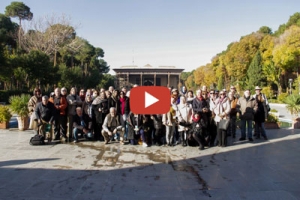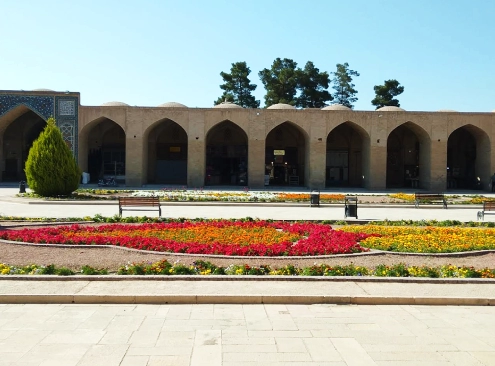
Grand Bazaar of Kerman (Photos, History, Architecture)
/
0 Comments
A traditional bazaar established more than 600 years ago in the…
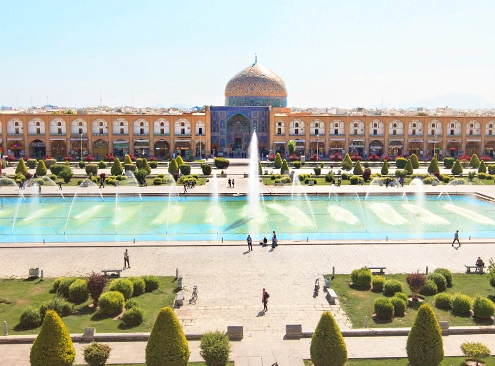
Isfahan Grand Bazaar: Photos, History, Opening Hours
Isfahan, the most picturesque city of Iran, also known as “Half…
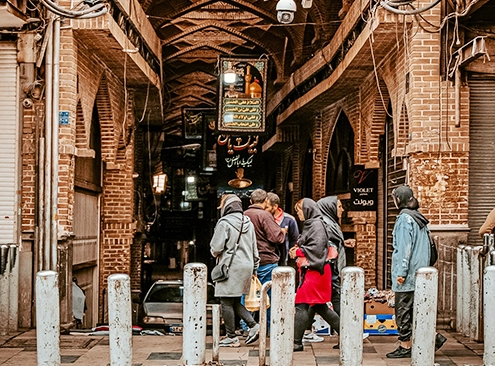
Tehran Grand Bazaar (Photos, Reviews, Opening Hours)
Tehran Grand Bazaar is the beating heart of the city and the…
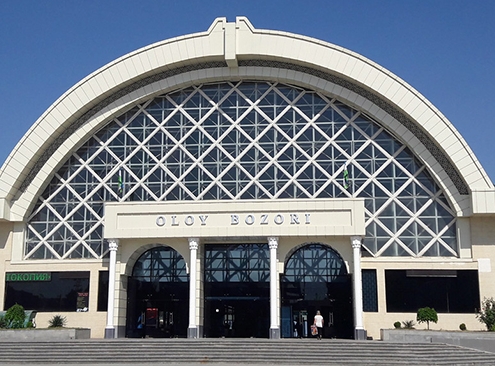
Alay Bazaar Tashkent, Uzbekistan: Photos, Location
Alay Bazaar, also known as the Grand Bazaar of Central Asia,…
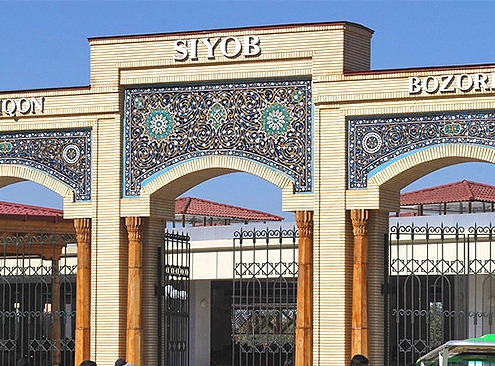
Siab Bazaar (Siyob Bazaar) Samarkand: Photos, History
Samarkand is the cultural center of Uzbekistan. Throughout history,…
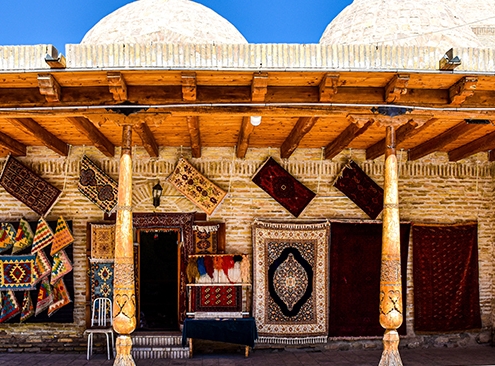
What to buy in Uzbekistan? Uzbekistan Souvenirs + Photos
Traveling to a new country creates new experiences and opportunities.…
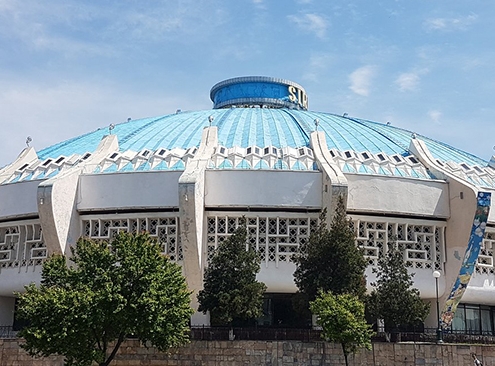
Chorsu Bazaar Tashkent: Photos, Opening Hours, info
Chorsu Bazaar of Tashkent is an old bazaar in the heart of Uzbekistan's…

Persian rug: Everything about Persian carpet
From ancient times, Iranian people have used hand-woven carpets…
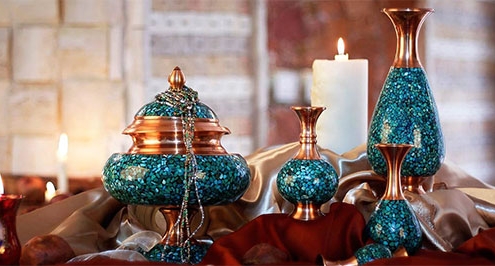
Iran Souvenir: 7 Top souvenirs to buy in Iran
From now on you don’t need to worry about what you actually…
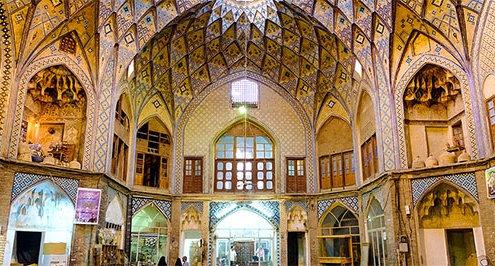
Best places for shopping in Iran + Photos, Timing
There is a fact that shopping is good for mental health. So,…
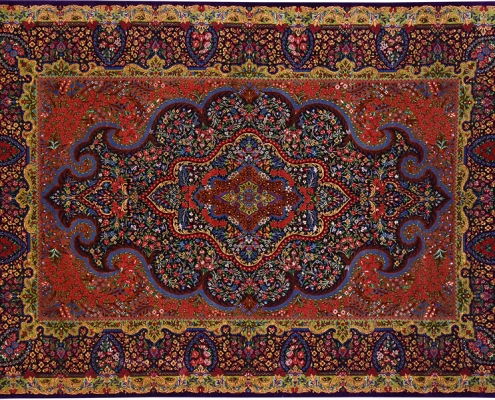
A practical guide of buying Persian carpet
Iran is among the most professional oriental rug producer countries,…
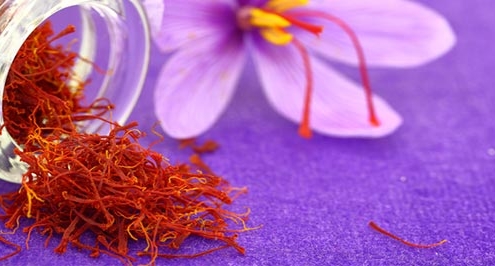
Iran lux souvenirs: Caviar, Saffron, turquoise + Photos
Traveling to Iran and not bringing back souvenirs with you, is…

Best Iran Bazaars: from Tehran bazaar to Tabriz bazaar
Iran bazaars are among the astonishing tourist attractions that…
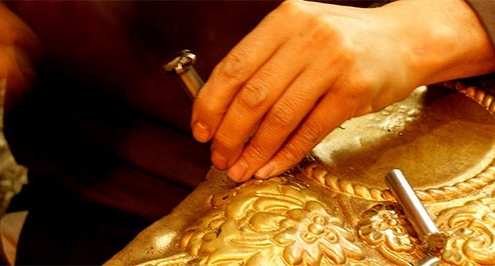
Qalamzani (Ghalamzani), Iranian Ancient Metalwork Art
Qalamzani (also Ghalamzani) is an Iranian ancient metalwork art.…

Minakari or Enameling, the glorious Iranian Art
Minakari or Enameling is one of the most glorious Iranian handicrafts.…
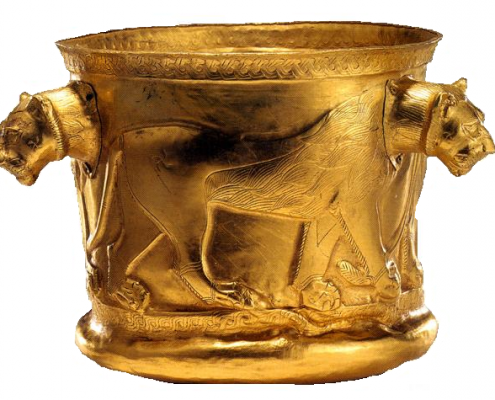 https://irandoostan.com/dostcont/uploads/2017/07/Iranian-Metalwork-Marlik.png
475
640
Iran Travel
https://irandoostan.com/dostcont/uploads/2025/05/Irandoostan-logo.webp
Iran Travel2017-07-30 11:00:402025-04-13 15:04:23Iranian Metalwork Is Splendid Souvenir for Travelers to Iran
https://irandoostan.com/dostcont/uploads/2017/07/Iranian-Metalwork-Marlik.png
475
640
Iran Travel
https://irandoostan.com/dostcont/uploads/2025/05/Irandoostan-logo.webp
Iran Travel2017-07-30 11:00:402025-04-13 15:04:23Iranian Metalwork Is Splendid Souvenir for Travelers to Iran
Persian Carpet History & Types: All You Need To Know
Iran has a universal reputation in carpet weaving. Persian carpet…
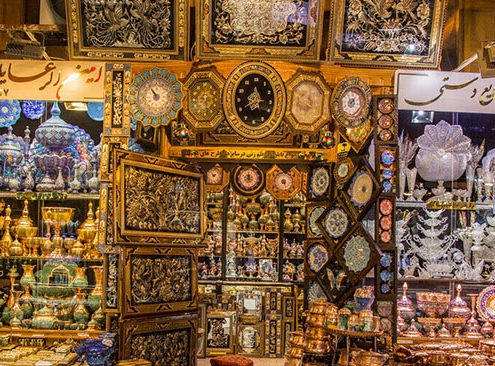
Persian Handicrafts, the Best Souvenirs of Iran
Since Iran is one of the oldest civilizations in the world and…


